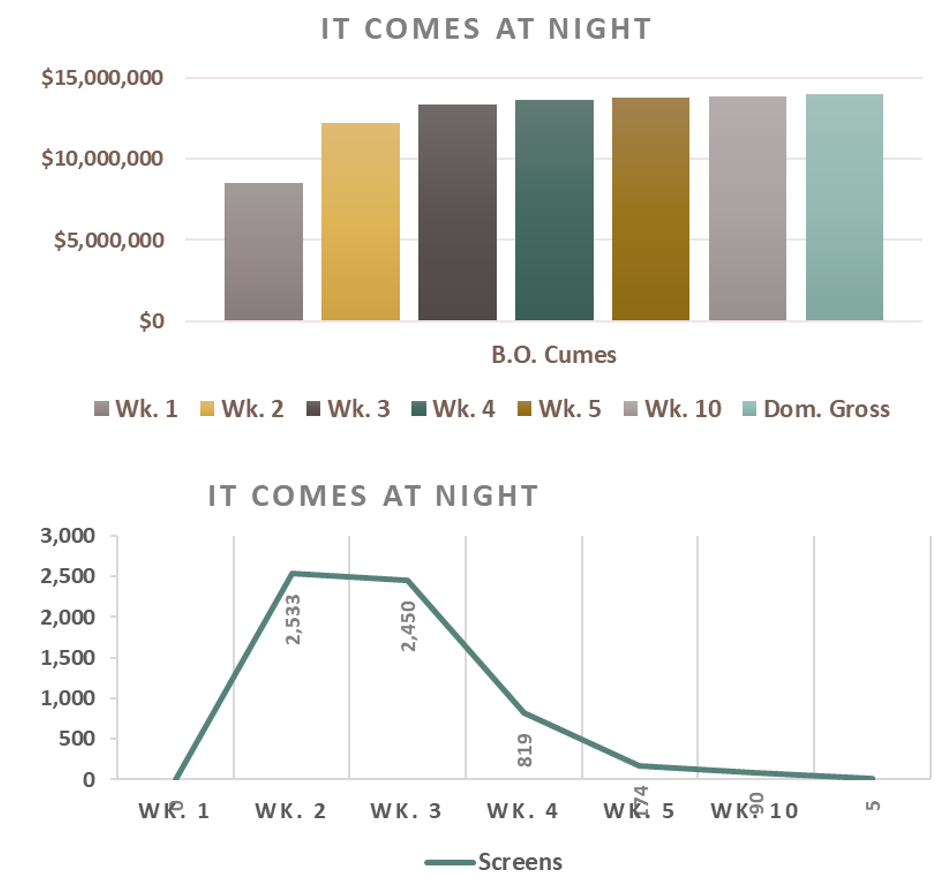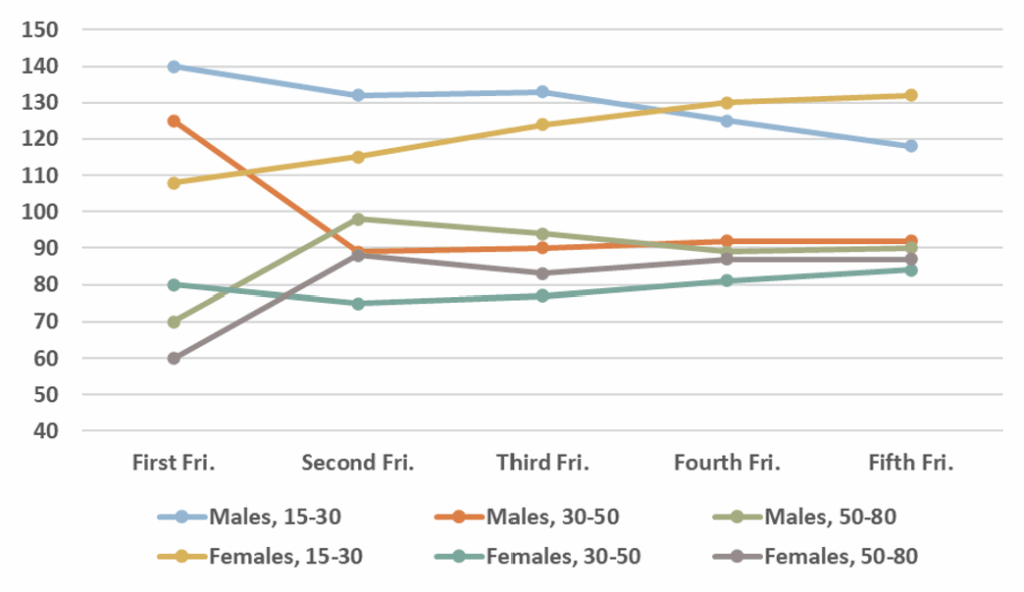Embrace information!

Digging into data, past and present is a much more effective way than following “fad” talk about what genres are hot in the industry right now. It is true that “fads” are followed by many (most?) humans. But fads are usually not the things that people cling to as cultural touchstones, songs that bring up distinct feelings repeatedly for years and years, or books that can be cherished and even re-read, or films that feed people at their emotional core. Understanding your audience is either natural to you (making you a savant!) or it is going to be a little extra work. And it can aid you in being a really strong advocate for your film.
It has been my experience, continually working to ferret out who might be the audience for individual films, that this is not information as available as news on your phone. Identifying folks, how many there are, what they are interested in, can often be found in data, but it doesn’t come easily packaged, and is often not readily understood. It takes dedication and strong intent to achieve results and understanding.

Besides investing the effort into making the best film you can, identifying and understanding who may embrace it is likely one of the strongest things you can do to achieve your goals of gaining effective distribution, and distribution that sets you up for success. Describing who your audience is can be a powerful advocation for your film and its market life.

Audiences are about triangulating, because films and their consumption are often about things in the complexity of human emotions and the heart. These things may be dark, they may be thrilling, they may be cerebral or just plain mundane, but they are hopes, desires, predilections and dreams. Trying to understand who, how and why folks have these currents can aid you in offering them the dreams that they can embrace in consuming your film. This is not an exhortation to lie, smudge, nudge or fudge, but to know and to use it to show your partners and audience how your film meets a need or set of needs. Of course, typically the tracking of manifestations of these dreams is done in the real world, and I do not mean the creepy algorithm stuff, but outright showing through actions and statements, and through openly discussing preferences. Not all segmentations are by age and gender and race and economics and education. A segment of folks can cross all of those lines. What we seek to know, then, is the distribution of those predilections and dreams as manifested in actions and statements around ideas, emotions, wants and so on.

This then becomes powerful information to break through the tired, overworked, jaded, and even cynical or faddish reception you can have at the hands of the industry partners you may need to achieve your goals.
A little video where I talk about the importance of this kind of work.
Onward and Upward. Jeffrey Hardy
Fill out this brief form to sign up for our newsletter. I try to make them USEFUL.
Leave a Reply